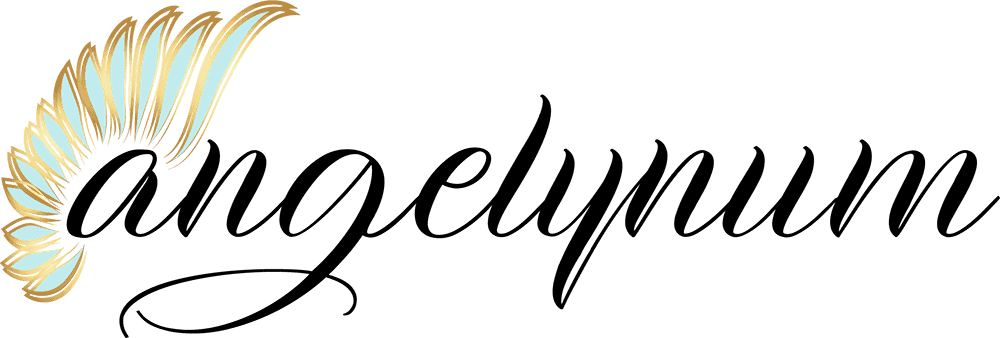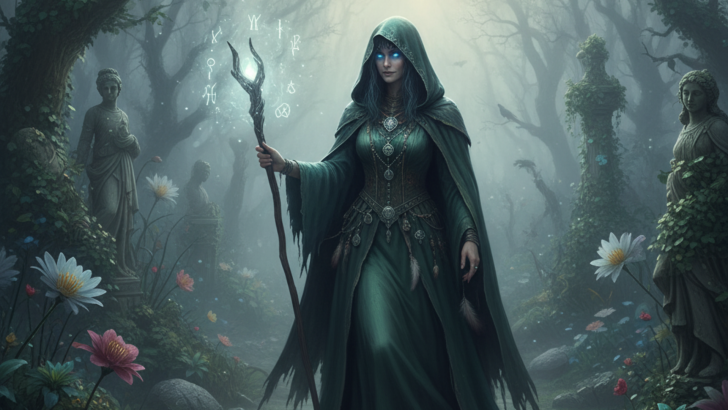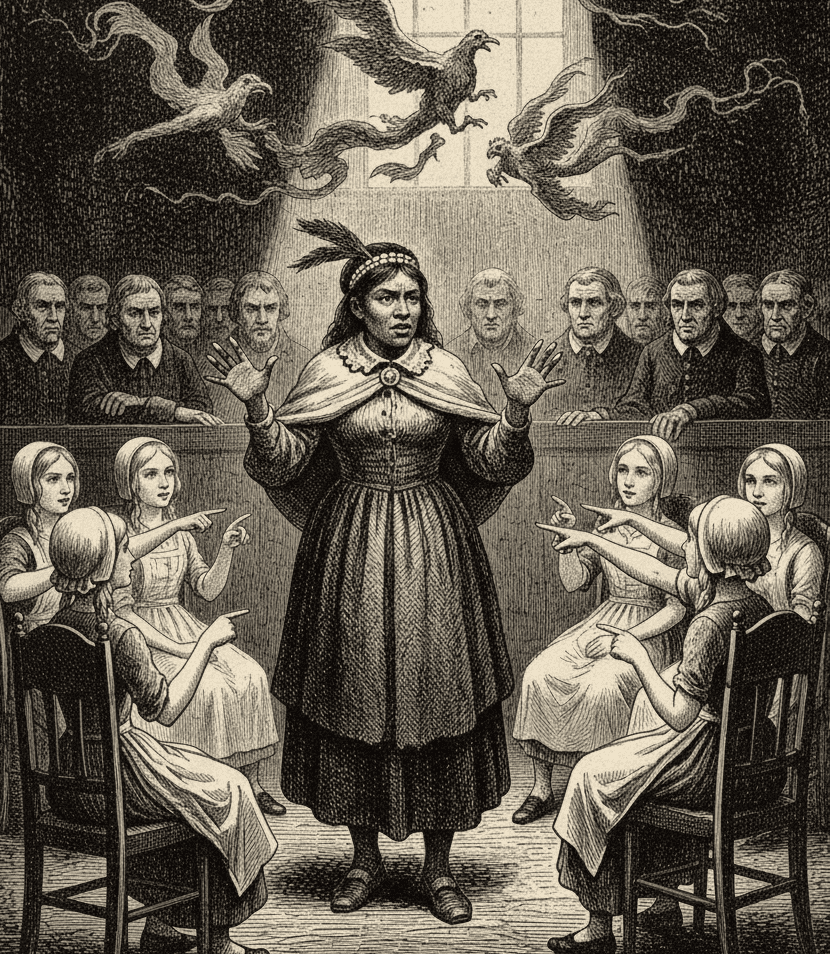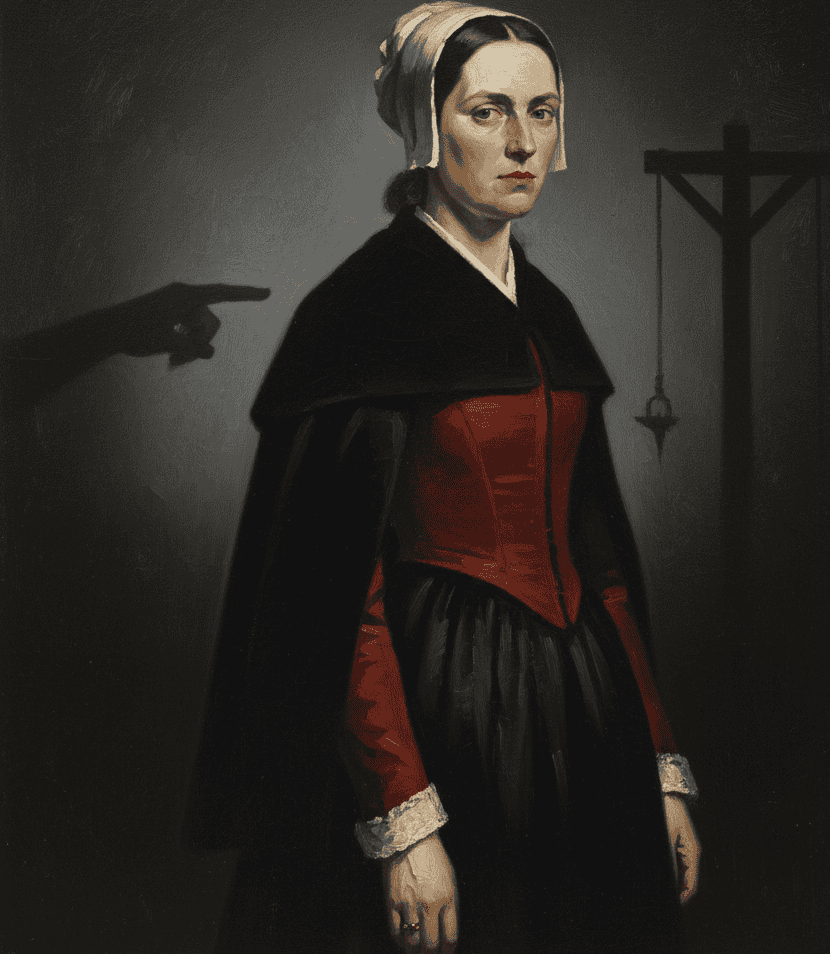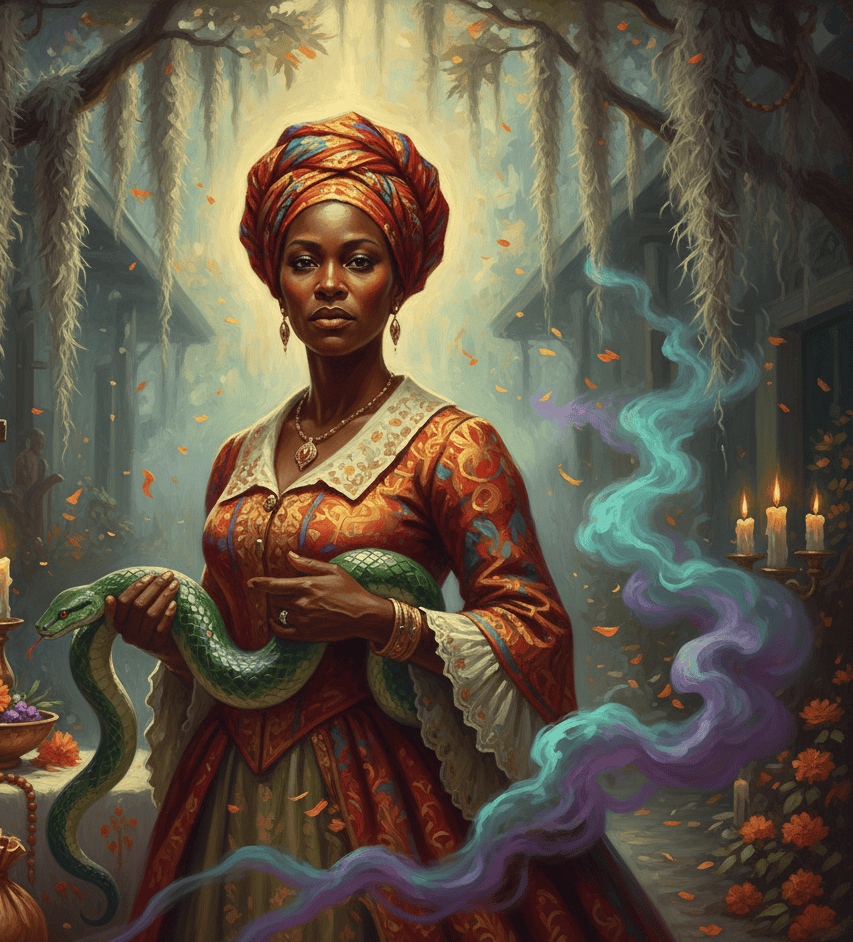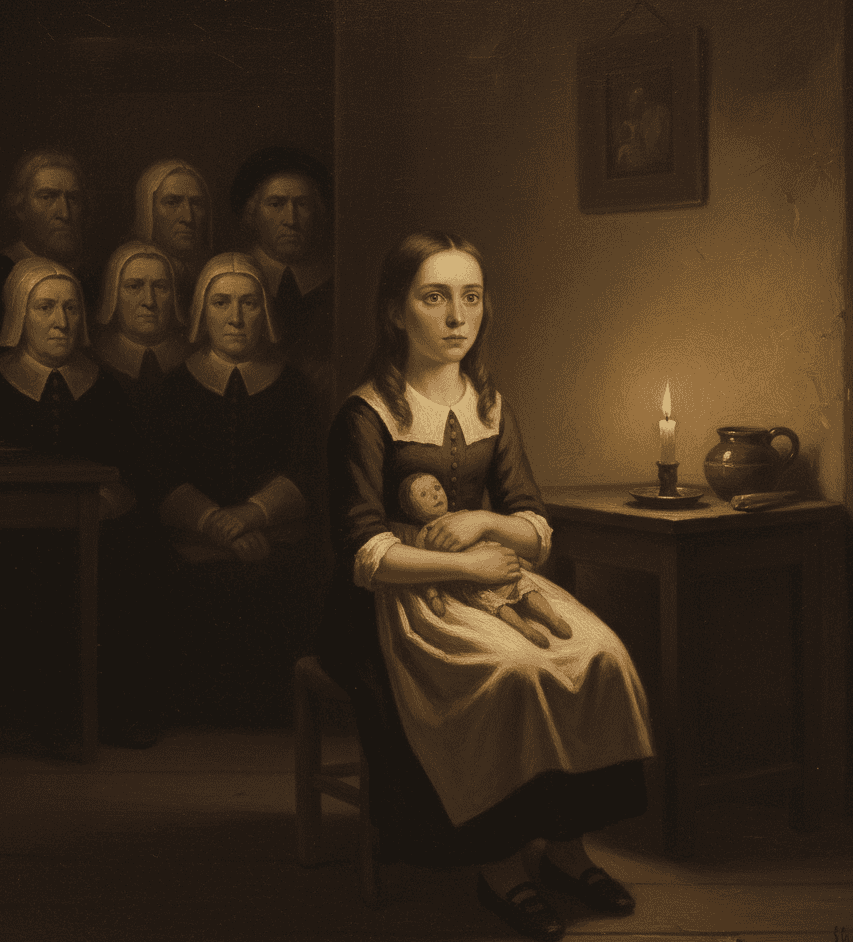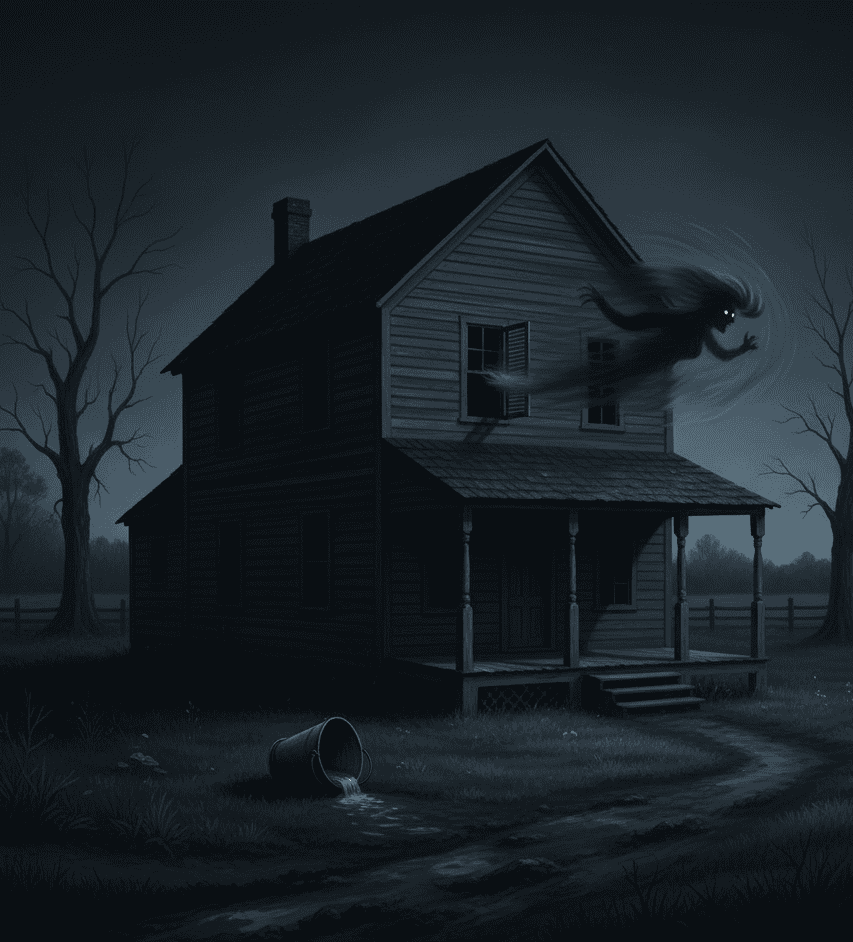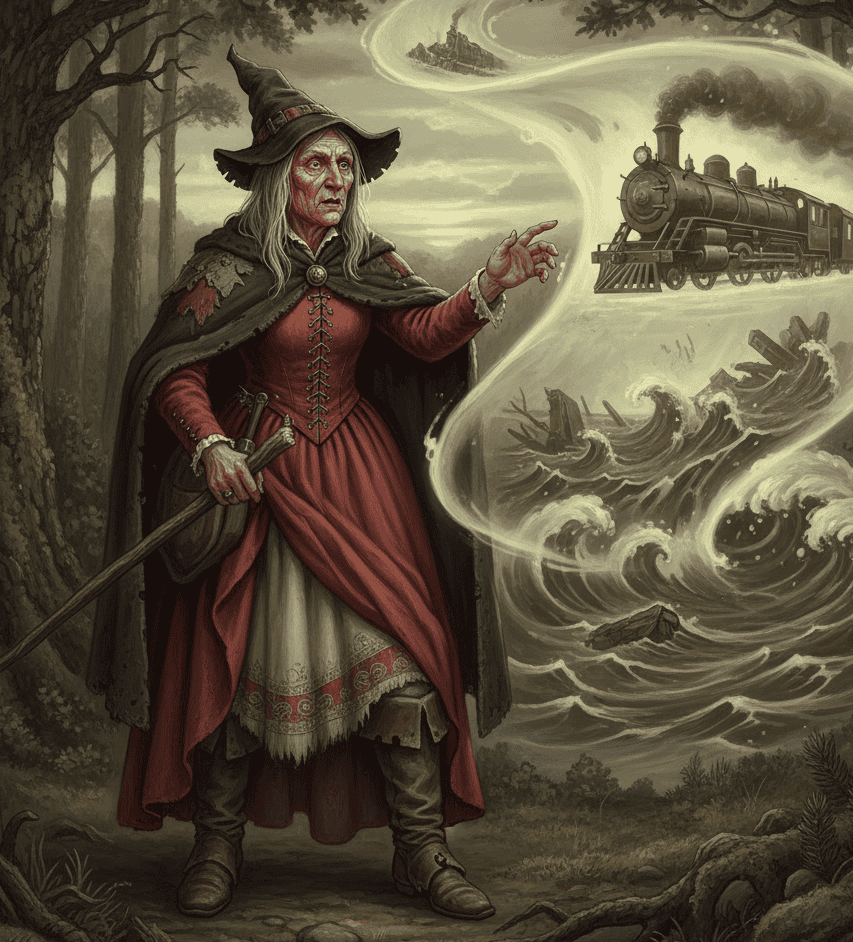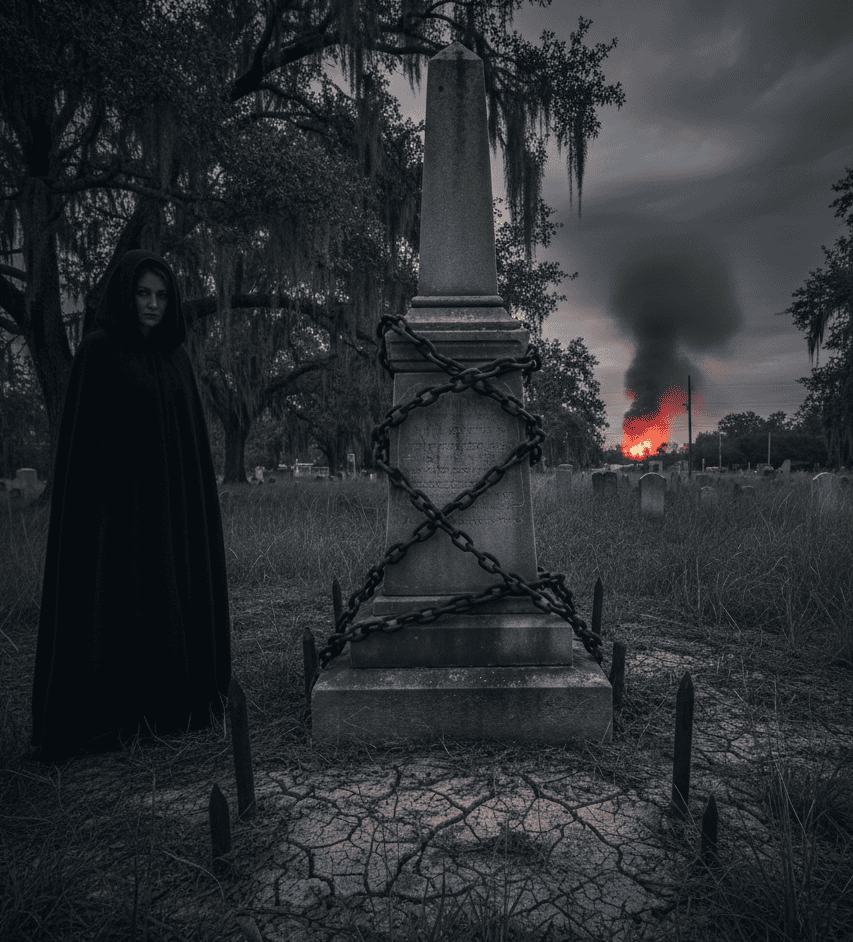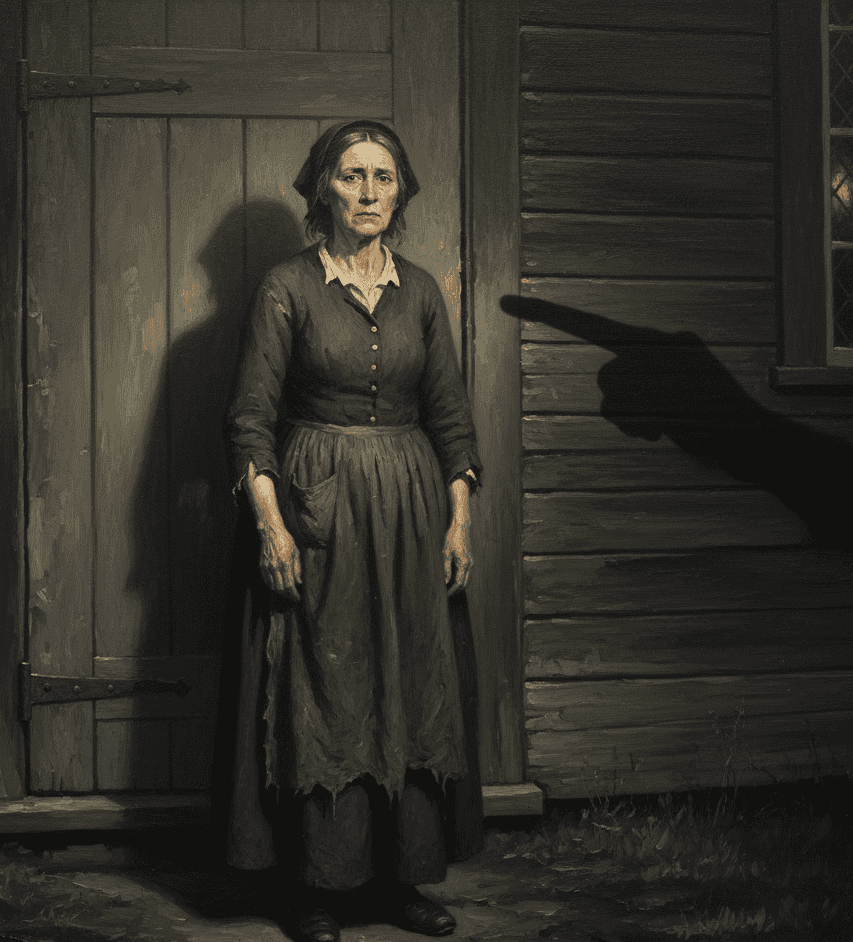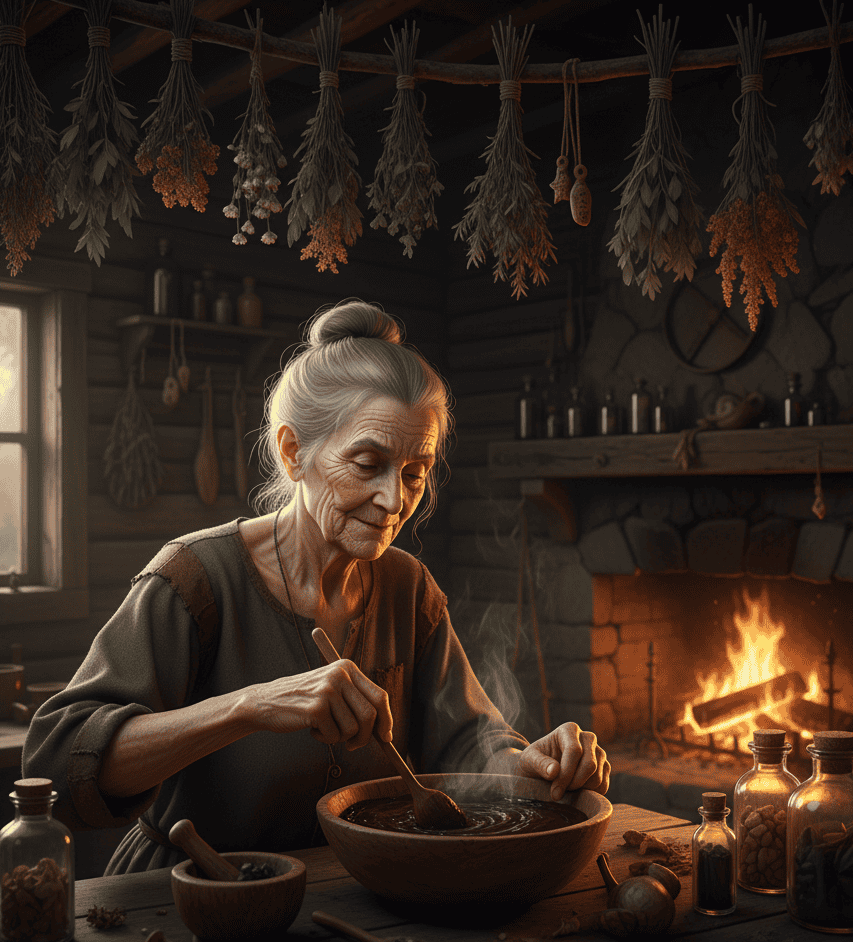Witches in American history are more than just broomsticks and pointy hats. They are figures born from fear, mystery, rebellion, and hidden power.
Some were real people caught in tragic events like the Salem witch trials, while others became legends whispered around campfires and woven into haunted tales of the South and Appalachia.
Over time, these witches shaped not only folklore but also modern movies, TV shows, and Halloween culture.
Whether seen as villains, victims, or powerful women defying their time, their stories continue to cast a spell on the American imagination.
1. Tituba – The Enigmatic Alleged Witch of Salem
Tituba is one of the most mysterious figures in early American witch lore. She was an enslaved woman of Indigenous or African descent living in the household of Reverend Samuel Parris in Salem, Massachusetts.
When young girls in the village began to suffer from strange fits and fears, they accused Tituba of witchcraft.
Her confession shocked the community. She claimed to have seen black dogs, birds that talked, and witches flying through the sky.
Many believe her confession was made under pressure or torture, while others say she cleverly used storytelling to survive.
Tituba has since become a symbol of how fear and racism fueled the witch trials. Her image inspired countless portrayals in books and films as a mysterious guide into the world of magic and shadow.
2. Bridget Bishop – The First Executed Witch of Salem
Bridget Bishop was the first person executed during the infamous 1692 Salem witch trials.
Known for her outspoken nature, bright red clothing, and independent lifestyle, Bishop did not fit the strict Puritan mold.
Neighbors claimed that her spirit tormented them at night, appearing in visions that filled them with terror.
She was accused of bewitching children and causing property damage through dark forces. Despite her repeated denials, she was found guilty and hanged.
Bishop’s story became a cautionary tale about how society punishes women who defy expectations.
In later American culture, she has been portrayed as a rebellious symbol, a woman who stood out in a world that demanded silence and obedience.
3. Marie Laveau – The Voodoo Queen of New Orleans
Marie Laveau is perhaps the most famous witch-like figure in American cultural history, though many consider her a powerful spiritual leader rather than a witch.
Living in 19th-century New Orleans, she was a hairdresser by trade but soon rose to prominence as a Voodoo priestess.
People from all walks of life sought her help in matters of love, justice, and luck. She was said to dance with snakes, call upon spirits, and know secrets before they were spoken.
Some believed she could curse enemies or bless the faithful with a touch. Over time, stories about Marie Laveau blended truth and legend, turning her into an almost mythical figure.
She continues to appear in films, TV shows, and novels as the mysterious Queen of the Bayou, a woman whose magic still lingers in the humid night air of Louisiana.
4. Ann Putnam Jr. – The Young Accuser Whose Words Held Power
Ann Putnam Jr. was only twelve years old when she became one of the most vocal accusers during the Salem witch trials.
Her claims helped convict and execute many alleged witches, including innocent women who had no way to defend themselves.
She said she was tormented by spirits and driven to scream and fall into fits. Many historians believe she was influenced by adults who sought power through fear.
Years later, Ann publicly apologized for her role and said she had been misled by the devil.
Her story shows how a single child’s words, shaped by community panic, could result in tragic consequences.
In American culture, Ann Putnam Jr. often appears in retellings as a symbol of how hysteria spreads and how guilt can follow someone long after the fires of fear have died down.
5. The Bell Witch – A Tennessee Spirit Accused of Witchcraft
The legend of the Bell Witch is one of America’s most chilling witch stories. In the early 1800s, the Bell family of Tennessee claimed they were haunted by a terrifying invisible entity.
The spirit reportedly spoke aloud, attacked family members, and predicted the future. Locals came to believe the spirit was that of a woman named Kate Batts, who had allegedly cursed John Bell after a land dispute.
The haunting became so intense that John Bell eventually died, and many claimed the witch had vowed to kill him.
The Bell Witch became part of Southern folklore, a ghostly witch whose voice echoed through the countryside.
The tale inspired books, horror films, and even modern paranormal investigations, making her one of the most enduring witch figures in U.S. legend.
6. Mother Shipton in American Lore – The Prophetess Adopted by Folklore
Though Mother Shipton originally came from English lore as a sixteenth-century prophetess, her tale was carried across the ocean by settlers who brought their stories with them.
In America, she became part of rural folklore, especially in regions where settlers feared women who claimed prophetic insight.
She was said to have been born during a storm and predicted disasters and great changes in society.
In American myth, she was sometimes portrayed as a witch who could see into the future, warning of floods, fires, and strange inventions.
Though her story is rooted in Europe, her legend blended easily into American fears of women who possessed spiritual power.
She became a reminder of how prophecy and witchcraft were often intertwined in popular imagination.
7. The Witch of Yazoo – Mississippi’s Cursed Grave Legend
In the town of Yazoo City, Mississippi, there is a grave surrounded by iron chains, tied to a haunting tale.
Locals tell the story of a witch who lured fishermen to their deaths and was eventually caught by angry townspeople.
As she was dragged to her fate, she cursed the town, promising to return in twenty years to burn it to the ground.
Legend says that exactly twenty years later, a fire destroyed much of Yazoo City, and many locals believed her curse had been fulfilled.
The grave, still chained shut, is visited by curious travelers and ghost hunters. This witch of Yazoo became a Southern legend, showing how fear of magic and revenge still lives in whispered tales around cemetery gates.
8. Sarah Good – The Outcast Who Became a Symbol
Sarah Good was one of the first women accused in the Salem witch trials, and her life reflected the struggles of the poor and powerless.
She was homeless, often begging for food and shelter, which made her an easy target in a community quick to judge outsiders.
When accused, she refused to confess and maintained her innocence to the end. During her execution, she reportedly cursed her accusers, saying God would judge them.
Sarah Good’s story has been retold many times as an example of how society targets those who do not fit in.
She is often depicted as a tragic witch figure, not because she practiced magic, but because she represented the fear and cruelty of her time.
9. The Mountain Witch of Appalachia – Granny Magic and Fear
Deep in the Appalachian Mountains, stories speak of old women known as Granny Witches. These wise women were believed to know healing herbs, birth rituals, and protective charms.
While some communities respected them as healers, others feared them as witches who could curse livestock or bring storms.
The legend of the Mountain Witch reflects a broader American struggle between folk magic and religious fear.
These women, often isolated in cabins surrounded by woods, became mysterious figures who walked the line between healer and witch.
Their legend still influences Appalachian folklore and has inspired horror stories, folk songs, and regional ghost tales that keep their magic alive.

Ho sempre sentito una forte connessione con il Divino fin dalla mia nascita. Come autrice e mentore, la mia missione è aiutare gli altri a trovare l'amore, la felicità e la forza interiore nei momenti più bui.
